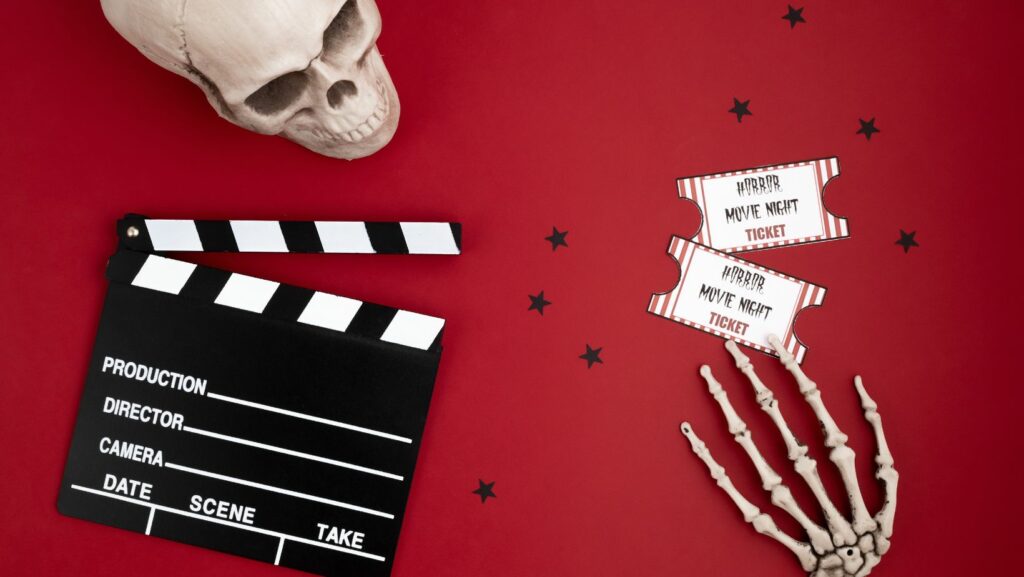Horror Book to Movie Adaptations
Interest in adapting horror books into films has surged. Filmmakers recognize the untapped potential in literature, offering intense, ready-made plots and intricate characters. Stephen King’s novels, for instance, have seen over 50 adaptations. Series like “The Shining,” “IT,” and “Pet Sematary” have become cultural touchstones, influencing new generations of film enthusiasts.
This trend started gaining traction in the 1970s and 1980s. Films like “The Exorcist” (1973) and “Carrie” (1976) demonstrated that literary horror could translate into box office success. These movies opened the door for future adaptations, establishing a profitable template. Studios learned that compelling horror books provided a ready audience and strong narrative foundations.
Technology advancements also fuel this rise. Modern CGI and practical effects create more visceral and visually stunning horror experiences than were previously possible. For example, “IT” (2017) used groundbreaking effects to bring Pennywise to life, terrifying audiences in ways the 1990 miniseries couldn’t match.
Moreover, dedicated fan bases for popular horror novels guarantee a core viewership. When a beloved book like “Bird Box” by Josh Malerman gets adapted, fans are eager to see the film interpretation. This loyal audience drives initial box office numbers and streaming counts, ensuring a profitable venture.
Notable directors also contribute to this phenomenon. Filmmakers like Mike Flanagan (“Doctor Sleep”) and Andy Muschietti (“IT”) have shown a talent for staying true to source material while adding their distinct visions. Their successes encourage more high-quality adaptations, creating a positive feedback loop.
The rise of horror book to movie adaptations is a significant evolution in both literature and cinema. It offers a means to experience the terrifying stories in a new, visually immersive way, expanding the reach and impact of the original material.
Notable Adaptations
Horror book-to-movie adaptations offer a unique mix of written and visual storytelling. This section explores some of the most iconic and successful adaptations.
Psycho (1960) – Directed by Alfred Hitchcock, “Psycho” is based on Robert Bloch’s 1959 novel. The film’s shocking scenes and suspenseful narrative set a high bar for psychological horror.
The Shining (1980) – Stanley Kubrick’s adaptation of Stephen King’s novel remains a staple in horror cinema. The film’s chilling atmosphere, coupled with Jack Nicholson’s performance, cements its place in horror history.
Carrie (1976) – Brian De Palma brings Stephen King’s debut novel to the screen with a haunting portrayal of teen angst and supernatural terror. Sissy Spacek’s role as Carrie White is unforgettable.
Rosemary’s Baby (1968) – Roman Polanski’s adaptation of Ira Levin’s novel captures the horror of a woman unwittingly lured into a satanic ritual. The movie’s psychological depth and eerie ambiance contribute to its classic status.
IT (2017) – Andy Muschietti’s take on Stephen King’s “IT” brings Pennywise the Dancing Clown to a new generation. Modern CGI and practical effects create a refreshed yet faithful adaptation of the 1986 novel.
The Conjuring (2013) – Based on the case files of paranormal investigators Ed and Lorraine Warren, “The Conjuring” by James Wan revitalizes interest in demonic horror. The movie’s success paved the way for an entire franchise.
Doctor Sleep (2019) – Mike Flanagan adapts Stephen King’s sequel to “The Shining.” Balancing fidelity to the original film and the new novel, “Doctor Sleep” cleverly expands the story of Danny Torrance.
Gerald’s Game (2017) – Another Mike Flanagan adaptation of King’s work, “Gerald’s Game” skillfully transforms a story thought unfilmable. The movie’s psychological tension and character-focused narrative resonate with audiences.
These adaptations showcase the evolution of horror cinema, maintaining the integrity of their source material while leveraging modern filmmaking techniques for immersive experiences.
Success Factors In Adaptations
Successful horror book-to-movie adaptations hinge on several critical factors. These elements determine the overall impact and reception of the adaptation, ensuring it resonates with both fans of the book and new audiences. Faithfulness to the original text significantly affects the success of a horror adaptation.  Adhering closely to the book’s plot, themes, and character development maintains the narrative’s integrity. Fans appreciate when filmmakers stay true to key elements while introducing necessary visual enhancements. For example, “The Shining” incorporates major plot points and themes from Stephen King’s novel, retaining its eerie essence.
Adhering closely to the book’s plot, themes, and character development maintains the narrative’s integrity. Fans appreciate when filmmakers stay true to key elements while introducing necessary visual enhancements. For example, “The Shining” incorporates major plot points and themes from Stephen King’s novel, retaining its eerie essence.
Directorial vision plays a pivotal role in adapting horror books into films. Directors balance respect for the original material with their unique creative input. Their vision shapes the film’s atmosphere, pace, and emotional impact. Mike Flanagan’s work on “Doctor Sleep,” blends loyalty to King’s narrative with his distinct style, creating a seamless continuation of “The Shining.” This visionary approach ensures the adaptation stands out while honoring its literary roots.

